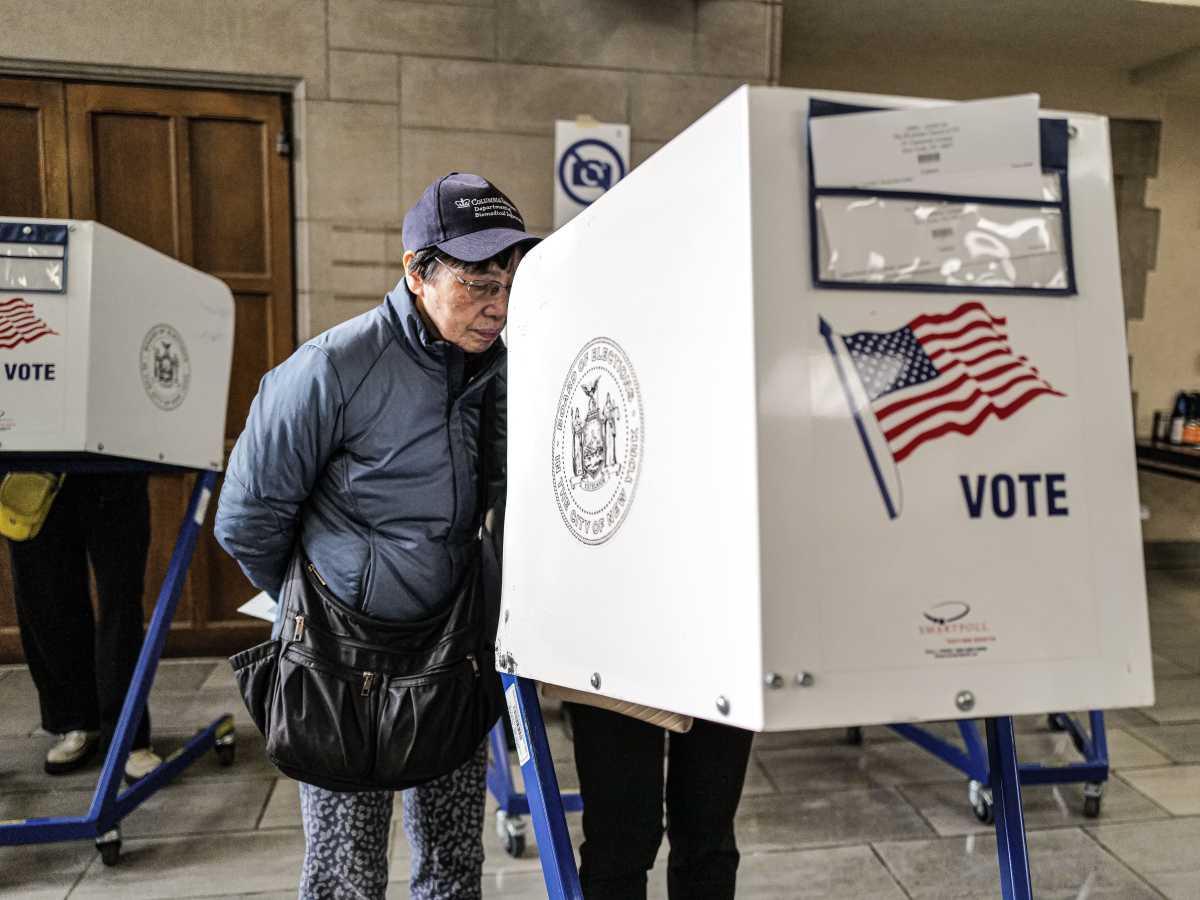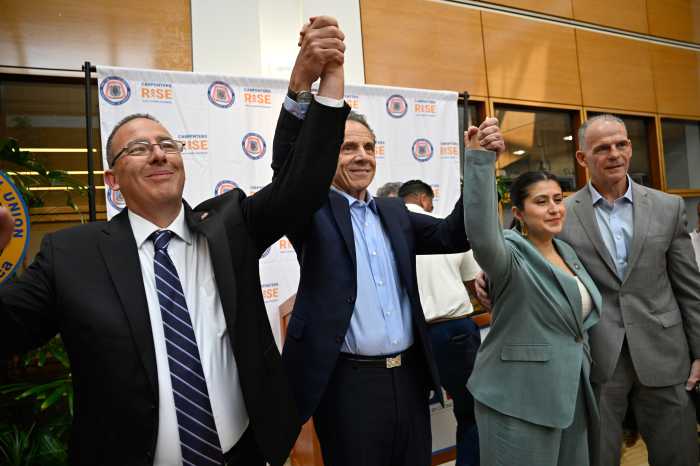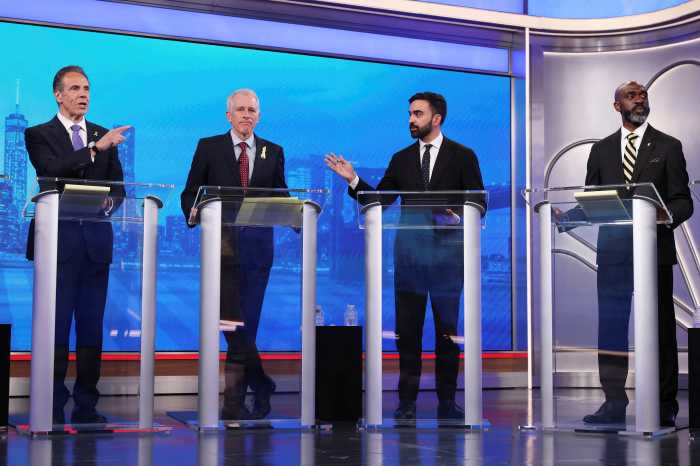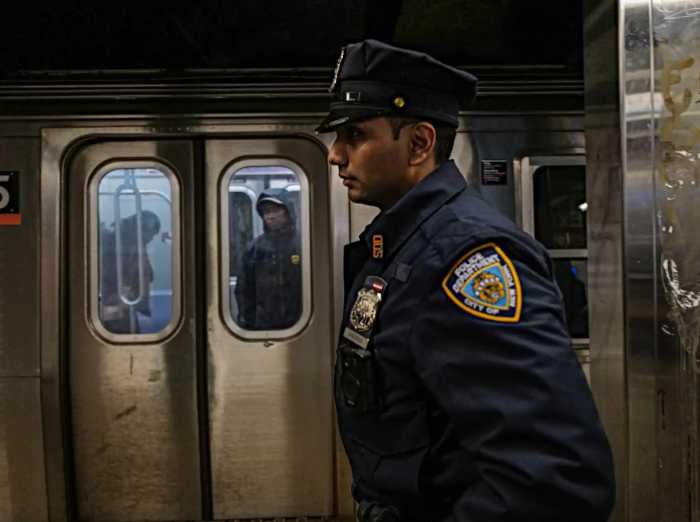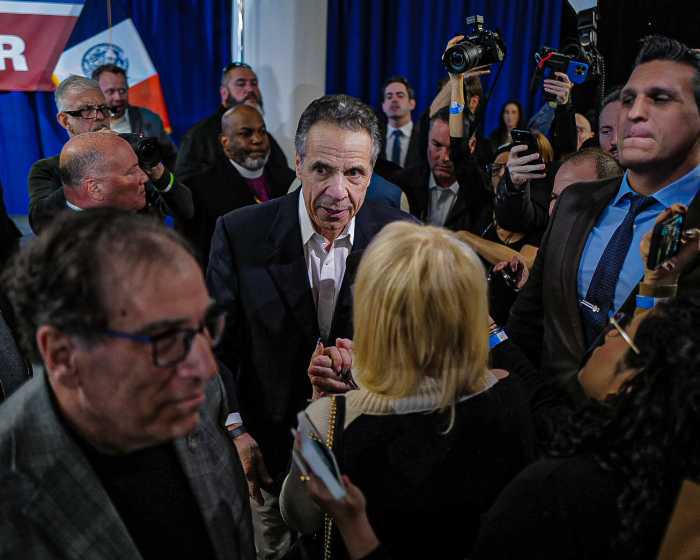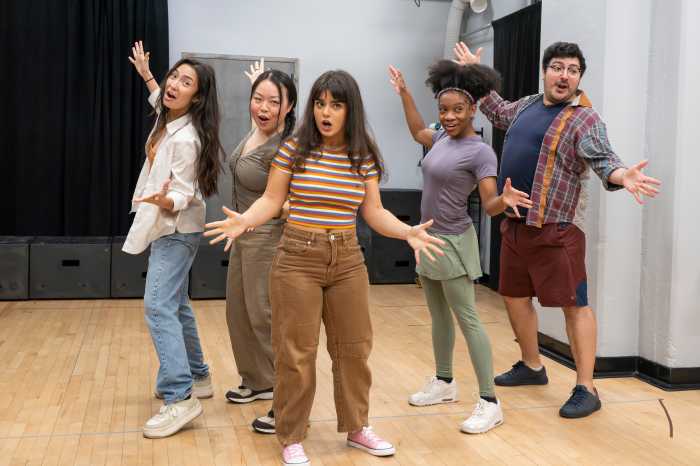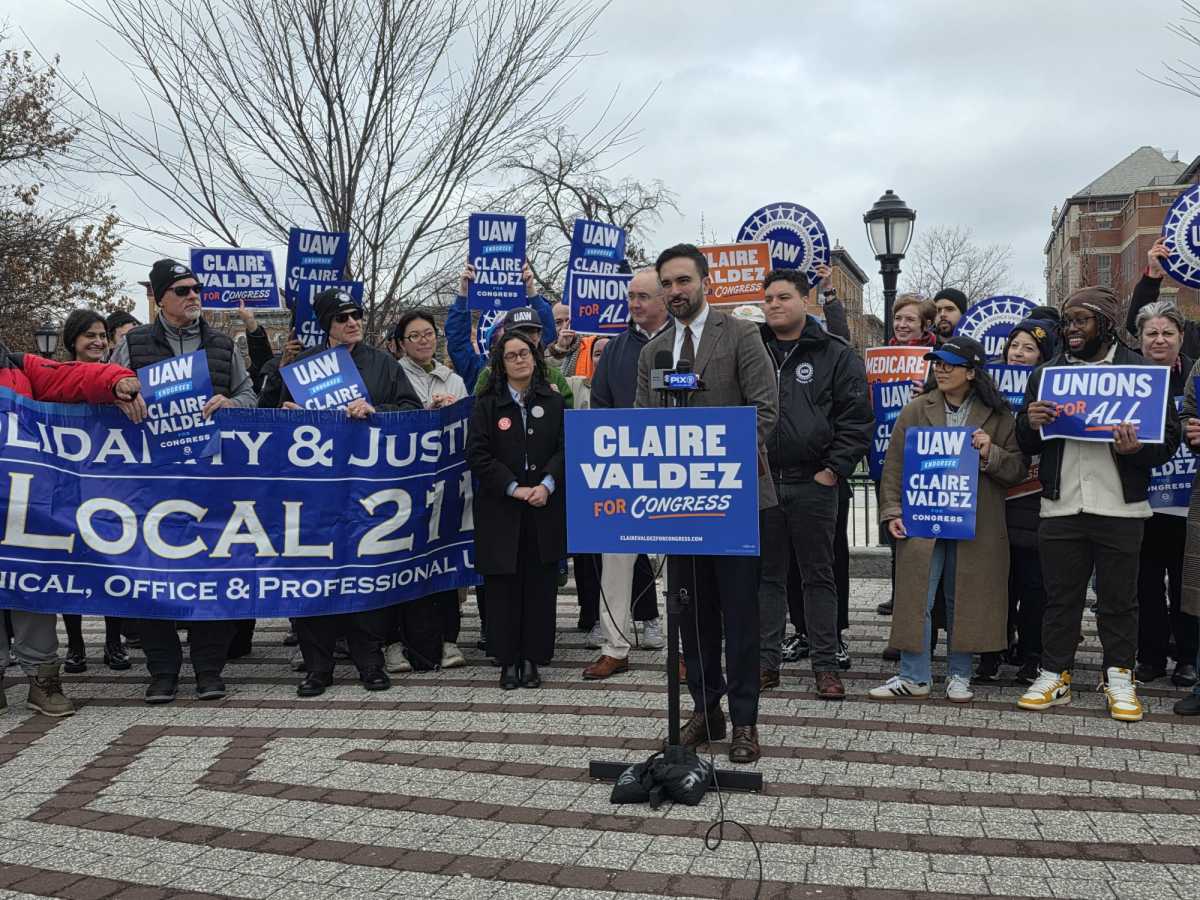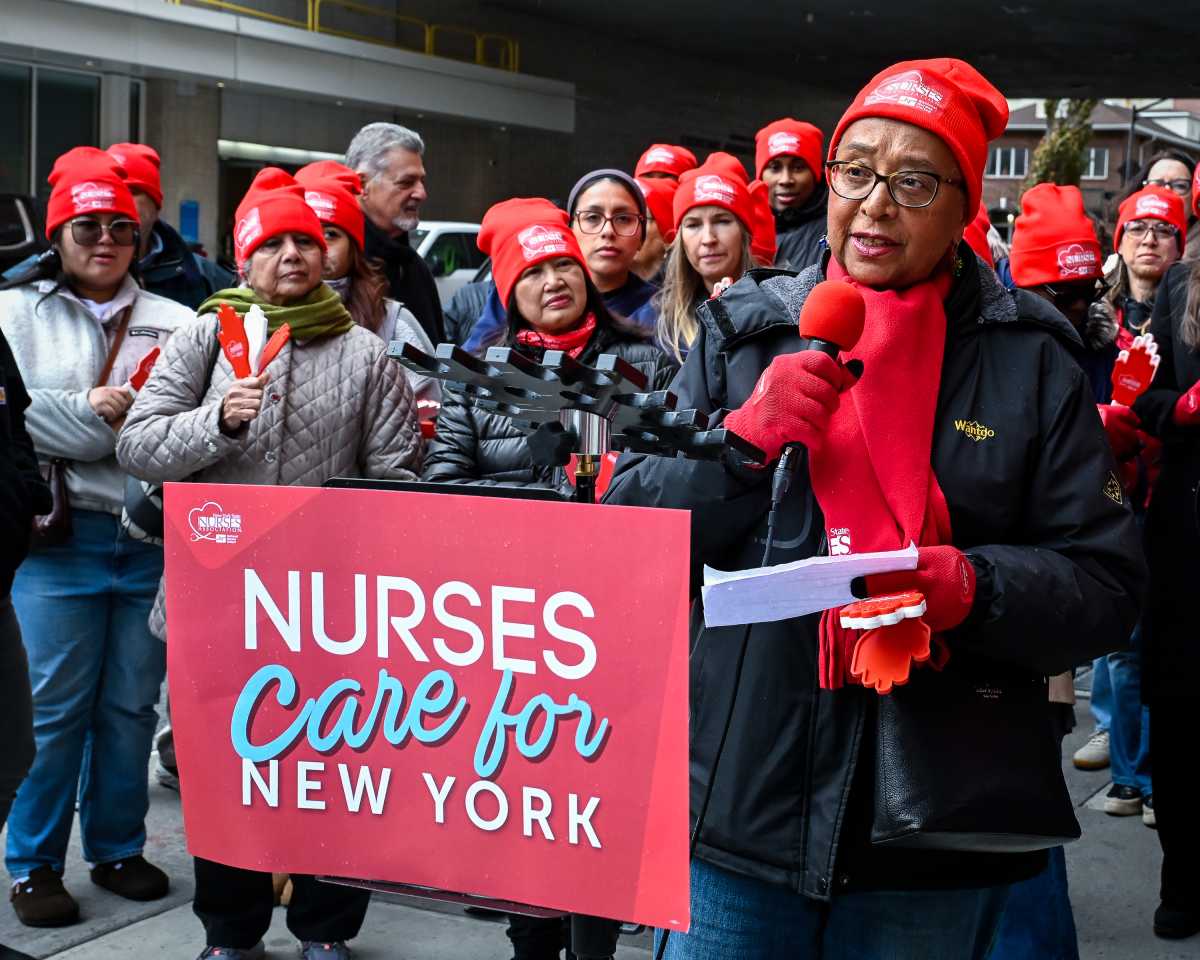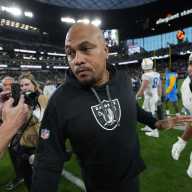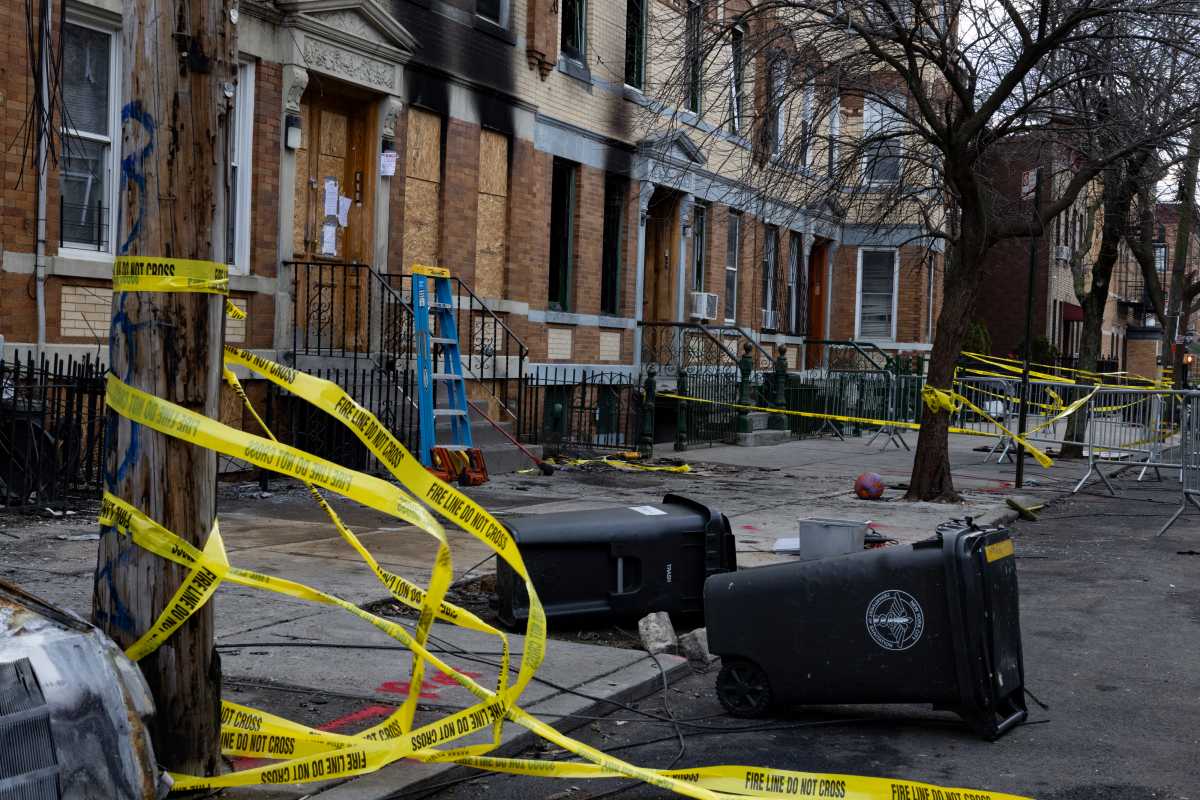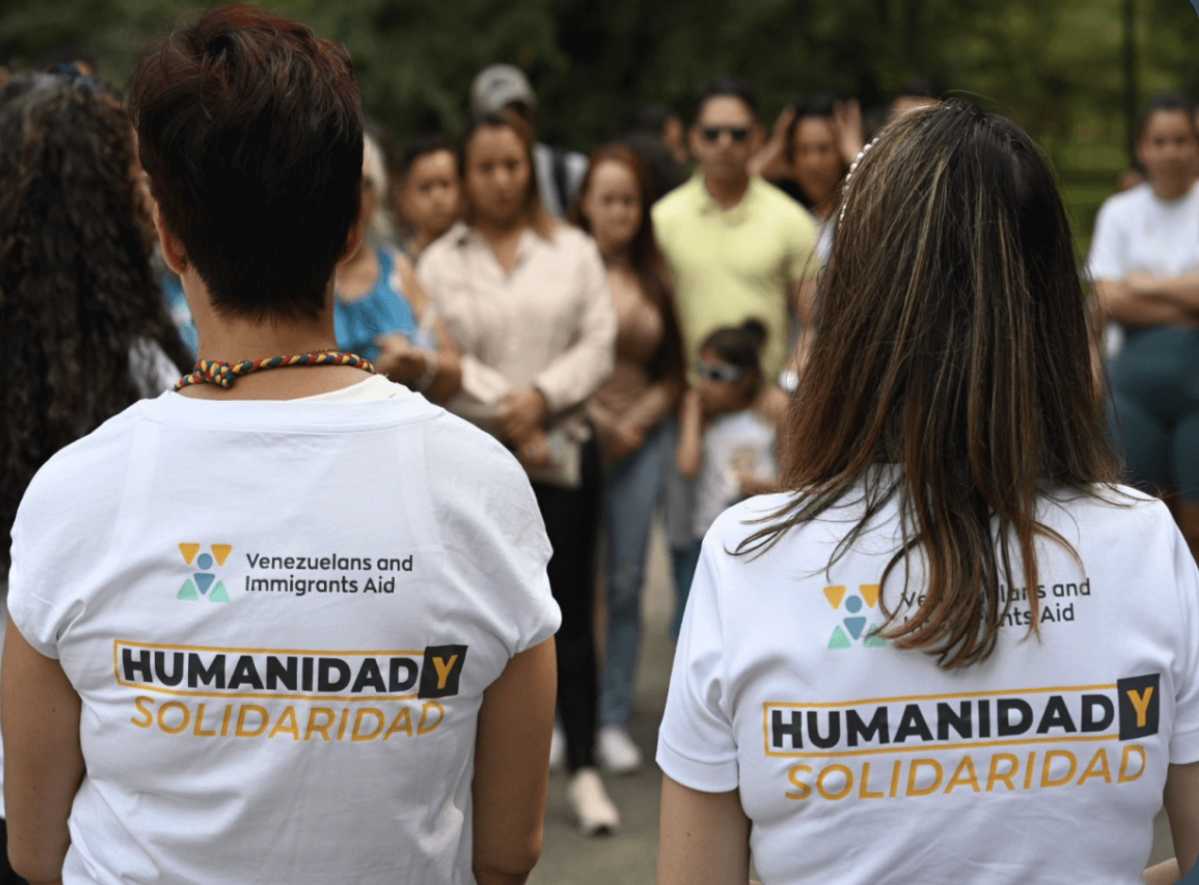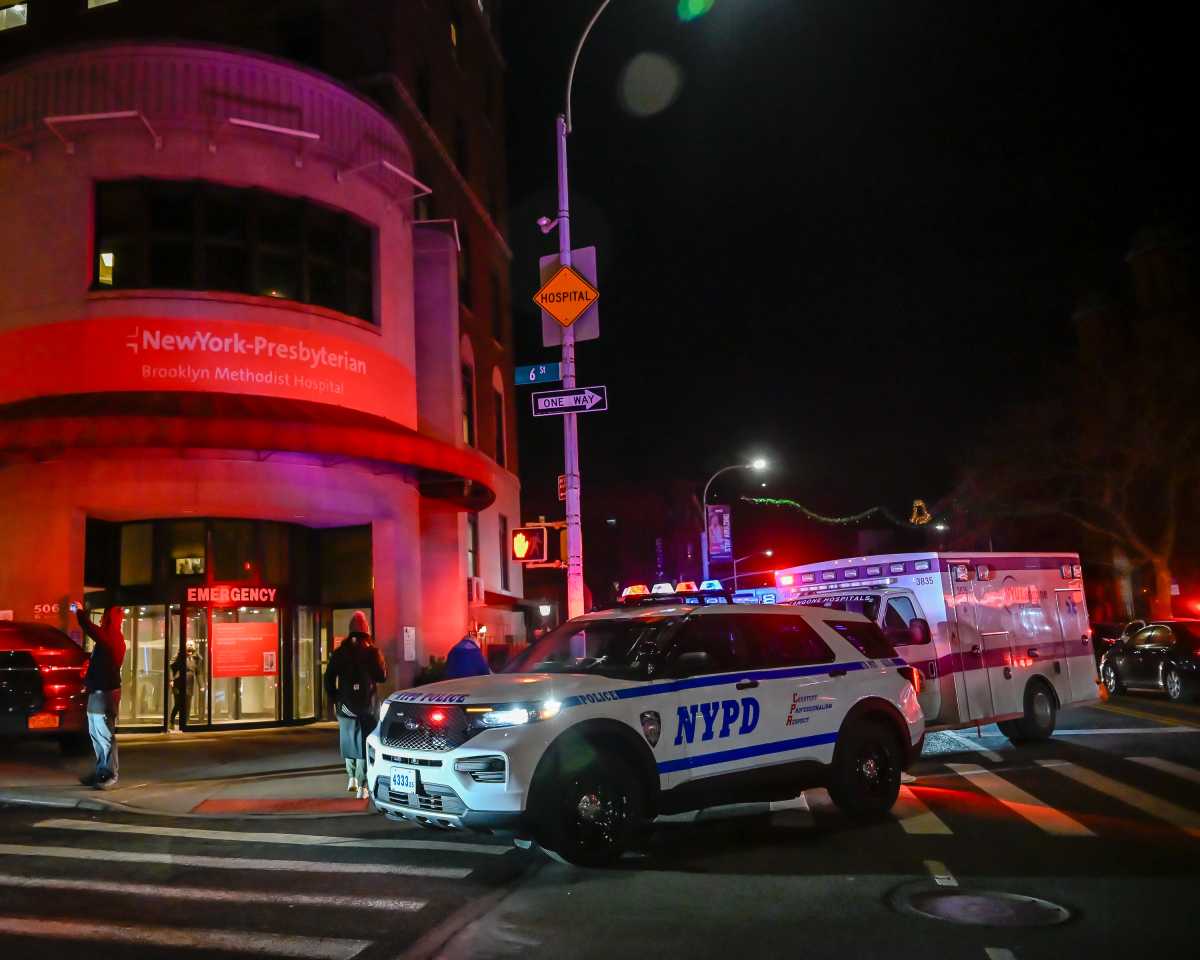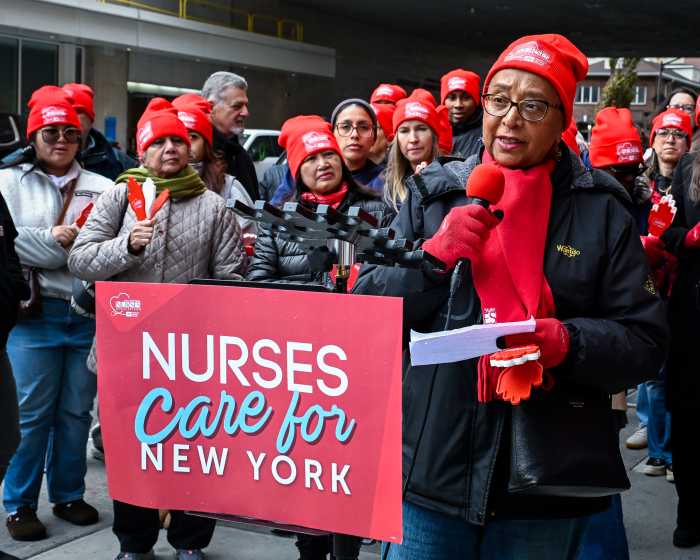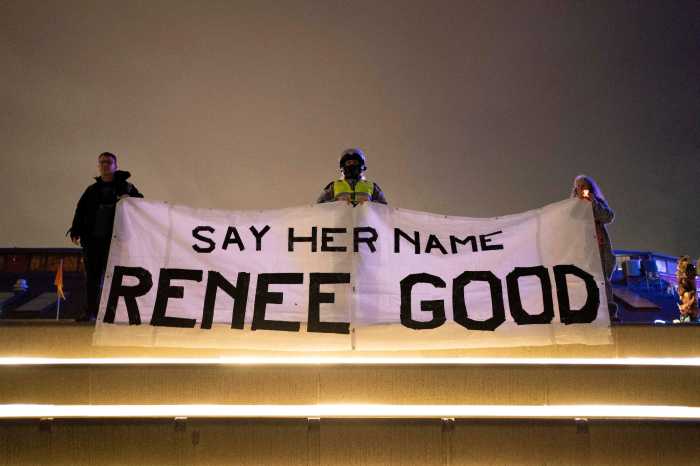What exactly is ranked-choice voting? How does it work? And how do I get the most out of it?
If you have found yourself asking any of these questions in the June 24 primary election, then you have come to the right place.
This year’s high-stakes Democratic and Republican primaries will once again utilize the city’s little-tested ranked-choice voting system. The races include those for mayor, city comptroller, public advocate, borough president, and City Council.
What is ranked-choice voting?
Ranked-choice is only used in city primaries and special elections, while the general election still employs the plurality model — where the candidate who nabs the most votes wins outright. It also does not apply to state-level positions, including district attorneys and judgeships.
Voters approved the model via a 2019 citywide ballot referendum that was advanced by that year’s City Charter Review Commission. This will only be the second citywide and third City Council elections to utilize the voting method.
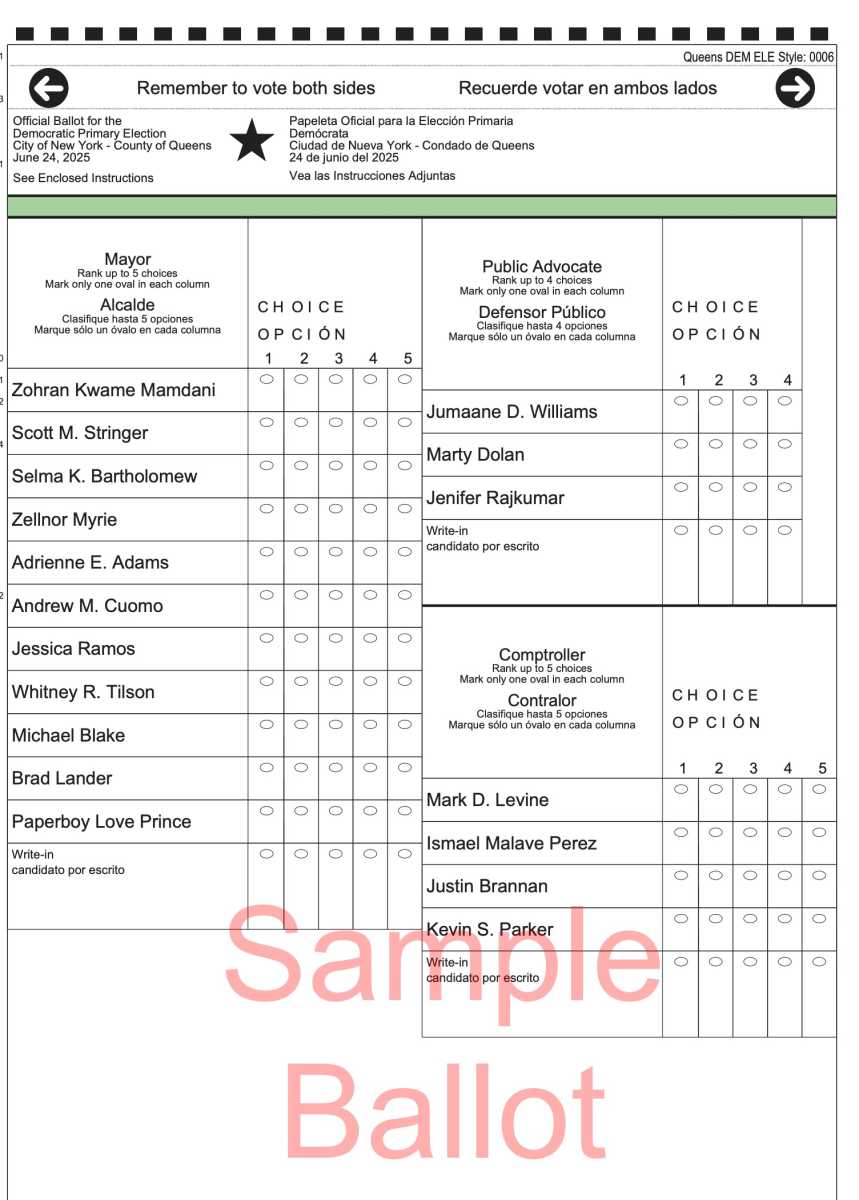
What is the purpose?
Ranked-choice was intended to make elections more Democratic, by eliminating what is known as vote-splitting — whereby candidates who share some similarity draw votes away from one another. It was also aimed at cutting costs by avoiding runoff elections, a second election that is held when no candidate cracks 40%.
How does it work?
The system allows voters to rank up to five candidates in their order of preference, with number one being their top pick and number five their bottom choice. Voters can fill in as many of the five spots as they prefer and are not required to rank more than one candidate. If you don’t want a particular candidate, do not rank them.
If any candidate nabs over 50% of the votes received by Election Night — including Election Day, early, and some mail-in votes — they will automatically win. However, if no contender reaches a majority of first-place ballots in round one, the contest goes to additional stages of vote tallying.
At the end of each round, the lowest vote-getter is dropped from consideration and their votes go to whoever was put second on ballots cast for them. That process continues until one candidate crosses the 50% threshold.
Will we know who wins right away?
Not necessarily. According to the city BOE, RCV tabulations will not commence until one week after Election Day if no candidate wins outright. They will continue to be conducted as more mail-in and affidavit ballots are received and cured. The BOE will not declare a winner until it has received and counted all of the ballots.
How have people used ranked-choice voting?
Many elected officials and organizations have embraced ranked-choice this cycle — endorsing ranked slates of candidates instead of picking just one.
For instance, those opposed to frontrunner mayoral candidate Andrew Cuomo, including the New York Working Families Party, have released ranked-rosters of candidates in an effort to shut the former governor out. The so-called “Don’t Rank Evil Andrew for Mayor” (or DREAM) campaign is simply urging voters not to rank Cuomo, while not backing a particular slate.
Ranked-choice also allows for like-minded candidates to form alliances by encouraging their voters to select rivals second. In 2021, then-candidate Andrew Yang told his supporters to rank former city Sanitation Commissioner Kathryn Garcia second, though Garcia did not return the favor.
This year, the only candidate to cross-endorse thus far is state Sen. Jessica Ramos — who told her voters to cast their ballots for Cuomo. However, Ramos is essentially throwing all of her support behind Cuomo, even though she will still be on the ballot, and the former governor did not endorse her in return.



